How to create an effective employee referral program.
Creating an effective employee referral program can be a game-changer for any organisation. It leverages your existing workforce to attract top talent, often resulting in quicker hires, better cultural fits, and reduced recruitment costs. Here’s a comprehensive guide to designing and implementing a successful employee referral program.

1. Setting clear objectives for your employee referral program.
Start by establishing the goals of your referral program. Common objectives include:
- Reducing hiring costs
- Decreasing time-to-hire
- Improving employee retention rates
- Enhancing the quality of hires
Understanding what you aim to achieve will help tailor the program to meet these specific needs.
2. Create a structured program.
A structured program provides clarity and encourages participation. Key components include:
- Eligibility criteria: Specify who can participate in the program. Consider including full-time, part-time, and even former employees.
- Referral process: Outline how employees can submit referrals. This could be through an online form, email, or a dedicated referral portal.
- Incentives: Decide on the type and number of incentives. These could be monetary bonuses, extra vacation days, gift cards, or even public recognition.
3. Promote the program internally.
Ensure that all employees are aware of the referral program. Use multiple communication channels:
- Kick-off meetings: Launch the program with a company-wide meeting or departmental briefings.
- Email campaigns: Send regular emails detailing how the program works and success stories.
- Intranet and newsletters: Regular updates and success stories can keep the program top-of-mind.
4. Simplify the referral process.
Make it easy for employees to refer candidates. A cumbersome process can deter participation. Key aspects to simplify include:
- User-friendly platform: Utilise HR software that integrates a referral system or develop a straightforward online form.
- Clear instructions: Provide step-by-step guidelines on how to make a referral.
- Quick acknowledgment: Acknowledge referrals promptly to show appreciation and keep employees engaged.
5. Offer attractive incentives.
Incentives are a crucial motivator. Ensure your rewards are compelling enough to encourage participation. Examples include:
- Cash bonuses: Tiered rewards based on the position's level or criticality.
- Non-monetary rewards: Additional vacation days, gift vouchers, or experiences (like tickets to events).
- Recognition: Public acknowledgment in company meetings, newsletters, or an "employee of the month" program.
6. Maintain transparency and feedback.
Transparency builds trust and keeps employees motivated to participate. Ensure to:
- Track referrals: Use software to track the status of referrals and keep employees updated.
- Provide feedback: Offer feedback on why a referral was or wasn’t successful. This helps employees understand what makes a good candidate.
7. Measure and adjust.
Continuously assess the program’s effectiveness. Metrics to consider include:
- Number of referrals: Track how many referrals are being made and by whom.
- Time-to-hire: Measure the speed of hiring referred candidates compared to other sources.
- Quality of hire: Assess the performance and retention rates of referred employees.
- Employee participation rate: Evaluate the percentage of employees actively making referrals.
Regularly review these metrics and adjust the program as needed. Seek feedback from employees to understand any barriers or improvements needed.
8. Celebrate successes.
Highlight the successes of your referral program to keep the momentum going. Celebrate not just the referred employees but also those who made successful referrals. This could include:
- Spotlight stories: Feature success stories in internal communications.
- Recognition events: Hold events or meetings to recognise top referrers.
- Thank-you notes: Personalised thank-you notes from leadership can go a long way in showing appreciation.
Conclusion.
An effective employee referral program is a powerful tool for attracting top talent. By setting clear objectives, simplifying the referral process, offering attractive incentives, and maintaining transparency, you can create a program that not only fills positions quickly but also enhances employee engagement and satisfaction. Continuously measure, celebrate successes, and refine your program to ensure it meets your evolving hiring needs.
 CA-EN
CA-EN UK
UK AU
AU US
US NZ
NZ PH
PH ZA
ZA SG
SG HK
HK






